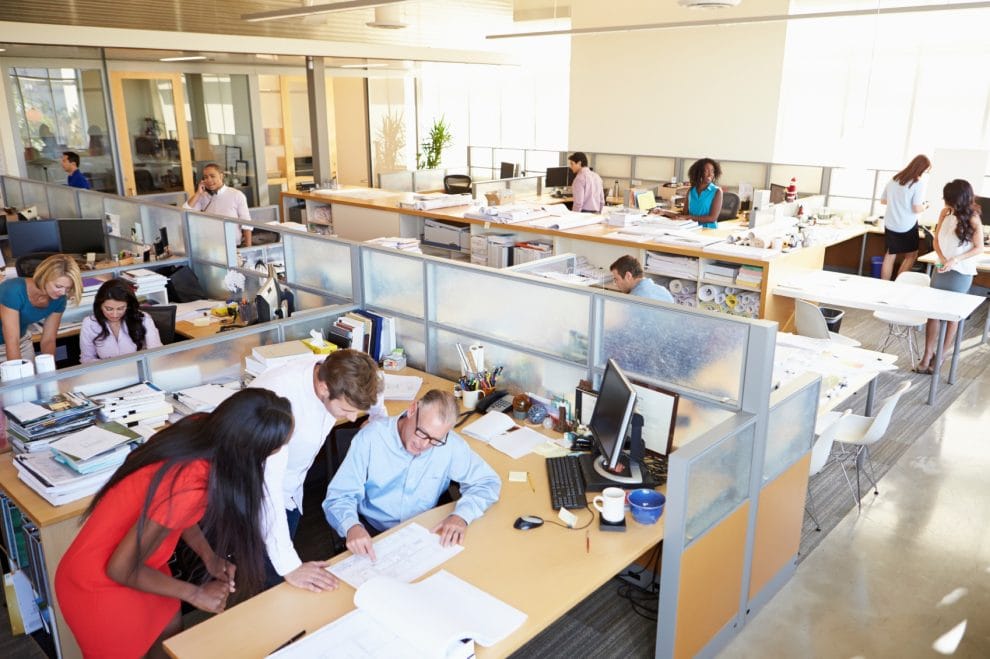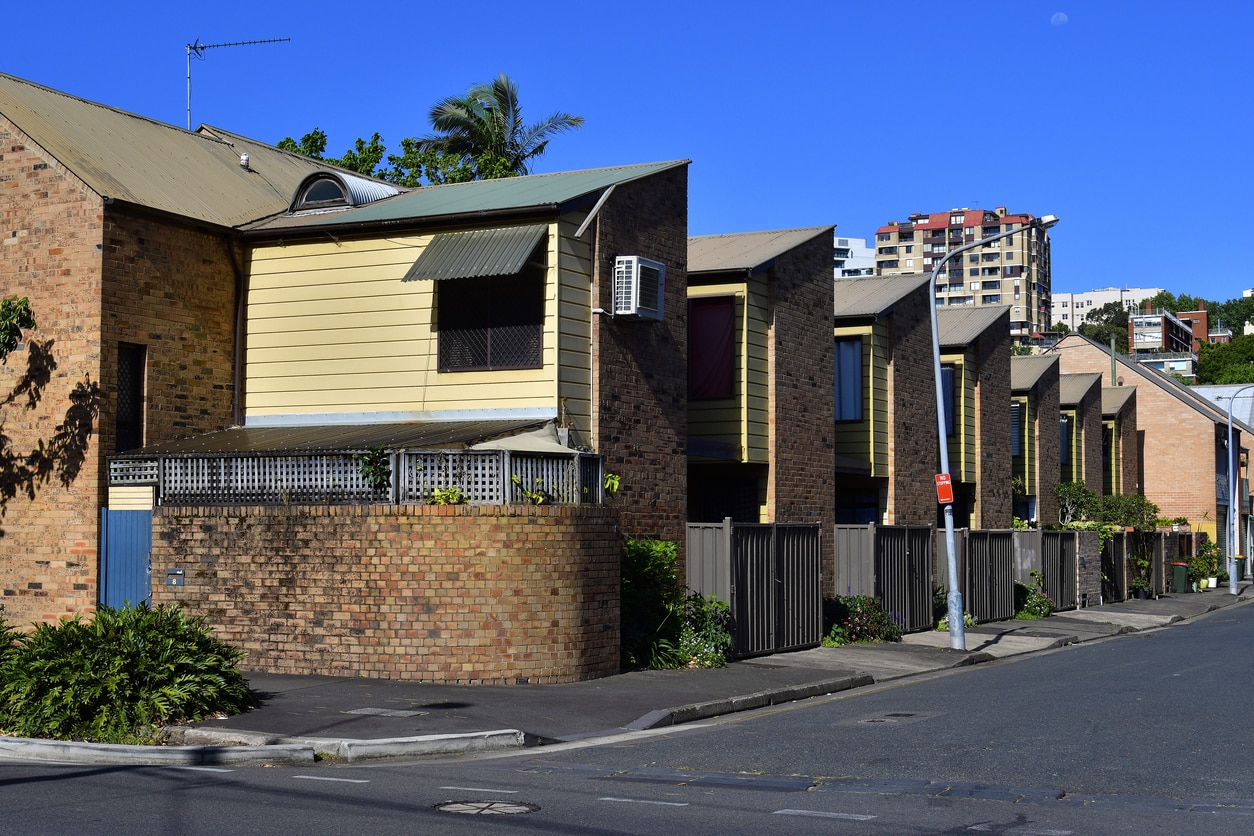Workplace density: Is the size of your office impacting profitability?

Optimising the workplace
The office workplace has changed enormously over the last 20 years and with surprising acceleration in recent years. Technology is enabling businesses to optimise workplaces in ways that were unimaginable even five years ago and changes the way we think about the modern workplace.
The pressure to do more with less is common to all businesses – and forces companies to find new ways to reduce overheads. And leading workplace innovators such as Commbank and Medibank Private have already found just such ways to enhance workplace productivity while reducing overall real-estate costs.
So how do such companies reduce costs while still sustaining performance? Here are three of the ways we’ve shifted our thinking from 20 years ago:
We prioritise collaboration, creativity and productivity in the workplace
Moving from property management to workplace management: it’s no longer about the space but how the space enables work and how it can be leveraged to improve collaboration, creativity and productivity.
We seek to offer maximum flexibility
The widespread adoption of flexible working extends to inside the workplace: modern workplaces have multiple types of work environments. Where it used to be offices, workstations and meeting rooms we now have breakout spaces, quiet rooms, collaboration spaces and much more.
We use technology to enable mobility
The continuous and accelerating use of technology: smart technology that moves with the people enables modern workplaces
So how can you capitalise on this kind of thinking?
Understanding workplace density
Before your business starts thinking about flexible working and improving utilisation, you need to understand how efficiently you use your current space.
Grosvenor’s recent benchmarking study found that the best organisations can get an average workspace down to 12 square meters (sqm) per work-point – some even less. That includes all meeting, training and other shared space.
Even more interesting, we found that this level of efficiency is just as achievable in small buildings as large. You don’t have to occupy massive campus sites to drive efficiency.
Check out the full report to see how your organisation compares.
Why workplace efficiency matters
Businesses used to see costs associated with office space as unavoidable. Prestige was important and having a big office the goal.
Nowadays, shareholders are far more interested in return on investment and knowing that the business is as lean as possible.
Weighing in at 10-12% of total operating expenses, property costs are the second largest after personnel costs for knowledge-based organisations.
What’s more, they are costs that can be reduced while sustaining your productivity and output – good news for your bottom line.
Here’s an example: a typical organisation will be using 15-20 sqm per work-point on average with a fully loaded $1000* per sqm cost. If you tried targeting the newly benchmarked 12sqm per work-point average, while sustaining best practice in workplace management, you can make anywhere from $3000 to $8000 saving per work-point, per year!
HSBC in Hong Kong are using this kind of methodology to significantly reduce its outgoings, and has knocked off around 30% of the total space required to deliver the same performance.
For a medium-sized business with 100 staff, that equates to around $300,000 to $800,000 per year of saving!
Taking the first steps towards more efficient workspaces
The first step to improvement is proper measurement. Beware of assertions that claim you are already at best practice. As our study revealed best practice requires multiple changes to be actioned and can’t be done without senior executive commitment and transparent measurement.
If in doubt use the NLA (nett lettable area) from your commercial leases and divide that by the number of work-points to get your baseline.
From there it’s about understanding the work environment and how technology is currently deployed. You will need a cross functional team covering IT, property and HR to truly change the workplace. Check out my post on corporate resource infrastructure to get a snapshot on the interrelationship between these management streams.
With this knowledge, you can build a business case and develop a targeted strategy for both short and long-term cost reductions. Remember property costs are ongoing, so every sqm you reduce saves you money every year and reduces your exposure to the volatility of real estate markets.
From there you can also start to consider activity-based working (ABW) and other flexible work arrangements.
* This includes the total cost of occupancy covering rent, rates, land tax, power, cleaning, repairs and depreciation.






